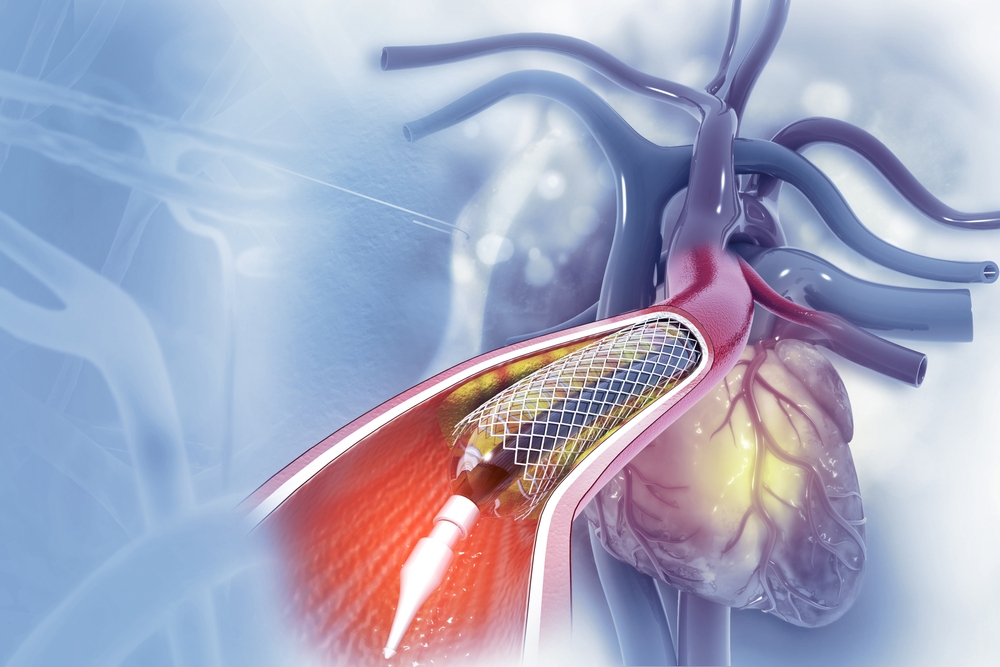
One such type is the Double J stent, a flexible, coiled tube designed to facilitate urine flow from the kidneys to the bladder. The Double J stent is named for its J-shaped ends that anchor it in the kidney and bladder. It is used in cases such as kidney stones, ureteral strictures, or tumors obstructing urine flow.
Double J stents are commonly used in the following situations:
The insertion of a Double J stent is typically performed as a urological procedure using a method called cystoscopy. During cystoscopy, a thin tube with a camera at the end (cystoscope) is inserted through the urethra into the bladder. The stent is then advanced through the cystoscope into the kidney, where the J-shaped ends anchor it in place. This procedure usually requires local anaesthesia and takes about 5-10 minutes.
Double J stents are generally removed after 4-6 weeks, though in some cases they may need to stay in longer. Removal is also done via cystoscopy. After inserting the cystoscope, a grasping instrument is used to retrieve the stent from the bladder. This process typically requires local anaesthesia and takes about 2-3 minutes.
While insertion and removal of a Double J stent are generally safe procedures, there are some risks and side effects:
After a Double J stent is inserted, it is important to follow your doctor's instructions. Drink plenty of fluids to keep the urine diluted and promote frequent urination. Take any prescribed medications as directed and report any side effects to your doctor promptly.
Double J stents are typically made from polyurethane or silicone. They are visible on X-rays. After stent placement, normal activities including exercise and sexual intercourse can generally be resumed. Before taking long flights or undergoing certain medical procedures, it is advisable to consult with your doctor. For more detailed information, contact EMPCLINICS.
After the procedure, drink plenty of fluids, avoid strenuous physical activities, and take prescribed medications as directed. Be vigilant for signs of infection.
If left in place for too long, the stent can become blocked or increase the risk of infection. Your doctor will determine the appropriate time for stent removal.
The procedure involves local anaesthesia, so pain is minimal. Some discomfort or pressure may be felt, but it is usually brief.